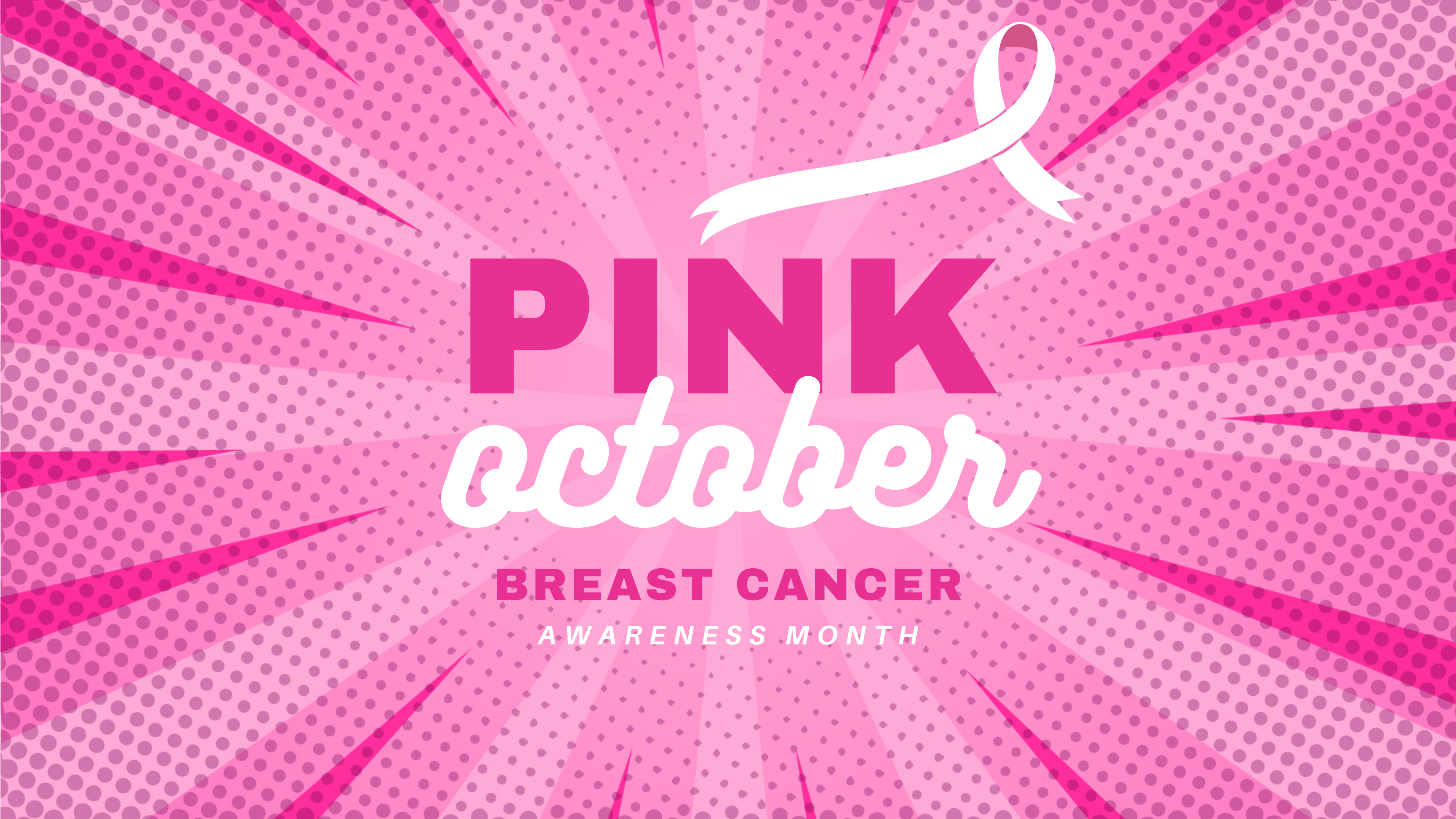October is Breast Cancer Awareness Month, and it’s a cause that’s close to my heart. I’ve seen the impact of breast cancer on my own family, losing close relatives to this disease. That’s why I’m incredibly determined to spread awareness and share valuable information, especially with fellow mums in our community.
Breast cancer is one of the most common cancers among women, and early detection is key to improving outcomes. In this blog post, we’ll discuss the importance of regular exercise, and self-checks with a step-by-step guide on how to perform them.
The Role of Exercise: Prevention and Recovery
Exercise is not only beneficial for overall health but also plays a significant role in breast cancer prevention and recovery. Here’s why it matters:
Breast Cancer Prevention:
- Supporting Overall Health: Regular physical activity is a cornerstone of holistic health. It promotes overall well-being by enhancing cardiovascular health, boosting mood, and improving sleep quality.
- Balancing Hormones: Exercise can help regulate hormone levels, such as estrogen and insulin, which can influence breast cancer risk. Maintaining hormonal balance is essential for good health.
- Boosting the Immune System: Physical activity supports a robust immune system, strengthening its ability to identify and address any irregularities within the body, including potential cancer cells.
Breast Cancer Survivorship:
- Enhancing Quality of Life: For breast cancer survivors, exercise can significantly improve quality of life by increasing energy levels, reducing fatigue, and enhancing mood. It’s a tool for managing various aspects of survivorship.
- Strength and Mobility: Breast cancer treatment can impact physical strength and mobility. Exercise, particularly strength training and flexibility exercises, helps survivors regain their physical capabilities.
- Emotional Well-being: The emotional challenges that accompany a cancer diagnosis and treatment can be substantial. Exercise is a powerful mood booster, reducing symptoms of anxiety and depression and providing crucial emotional support.
- Lowering the Risk of Recurrence: Some studies suggest that regular exercise may reduce the risk of breast cancer recurrence and improve long-term survival rates. More research is needed, but staying active is a positive step toward a healthier future.
Remember, the type and intensity of exercise can vary widely based on individual needs and preferences. It’s essential to consult with your healthcare team before starting or changing any exercise routine, especially during breast cancer treatment. They can provide personalised recommendations tailored to your unique circumstances.
Incorporating joyful movement into your daily life, whether through activities like walking, swimming, yoga, or strength training, can contribute to breast cancer prevention and enhance the well-being of survivors. It’s a powerful tool in the fight against breast cancer and promotes a healthier, happier life.
Why Self-Checks Matter
Breast cancer can affect anyone, regardless of age, but as mums, it’s crucial that we prioritise our health. Regular self-checks are a simple yet powerful way to monitor any changes in our breasts. Detecting breast cancer at an early stage significantly increases the chances of successful treatment and recovery.
How to Perform a Breast Self-Check
- Choose a Time: The best time to perform a self-check is a few days after your period ends when your breasts are less likely to be swollen or tender. If you’re no longer menstruating, choose a specific day each month to check.
- Examine in Front of a Mirror: Stand in front of a mirror with your arms at your sides. Look for any changes in the size, shape, or contour of your breasts. Check for dimpling, puckering, or redness of the skin.
- Raise Your Arms: Raise your arms above your head and look for the same changes.
- Inspect Your Nipples: Check if your nipples are inverted (pulled inward) or have developed any unusual discharge.
- Feel Your Breasts: Use the pads of your fingers to gently feel your breasts in a circular motion, starting from the outside and moving toward the center. Make sure to cover the entire breast and armpit area. Pay attention to any lumps, thickening, or hardened knots.
- Check for Changes While Lying Down: Lie down on your back with a pillow under your right shoulder and your right arm behind your head. Use your left hand to examine your right breast, following the same circular pattern. Switch sides and check your left breast.
Remember, it’s normal for breasts to have some lumps or bumps, especially before your period. However, if you notice any persistent changes or have concerns, don’t hesitate to contact your healthcare provider for further evaluation.
Where to Find More Information
For comprehensive and reliable information on breast cancer, visit the HSE (Health Service Executive) website. They offer a wealth of resources, including guidance on breast cancer screening and support services.
Local Heroes: Breast Cancer Survivors
In our local community, I’ve had the privilege of training and continuing to train incredible women who are breast cancer survivors. These women are true warriors, demonstrating immense strength, resilience, and courage. They remind us that a breast cancer diagnosis is not the end of one’s journey but the beginning of a new chapter filled with hope and determination.
Local Organisations Making a Difference
Local organisations like Cois Nore Kilkenny provide invaluable support and resources to those affected by breast cancer, along with specific physical activity opportunities like Nore Dragon Paddlers, a dragon boat group for breast cancer survivors. They create a sense of community, offering emotional and practical assistance to individuals and their families.
As mums, let’s take charge of our health and spread awareness about breast cancer. Early detection and knowledge can save lives. Together, we can make a difference in our community and beyond.


